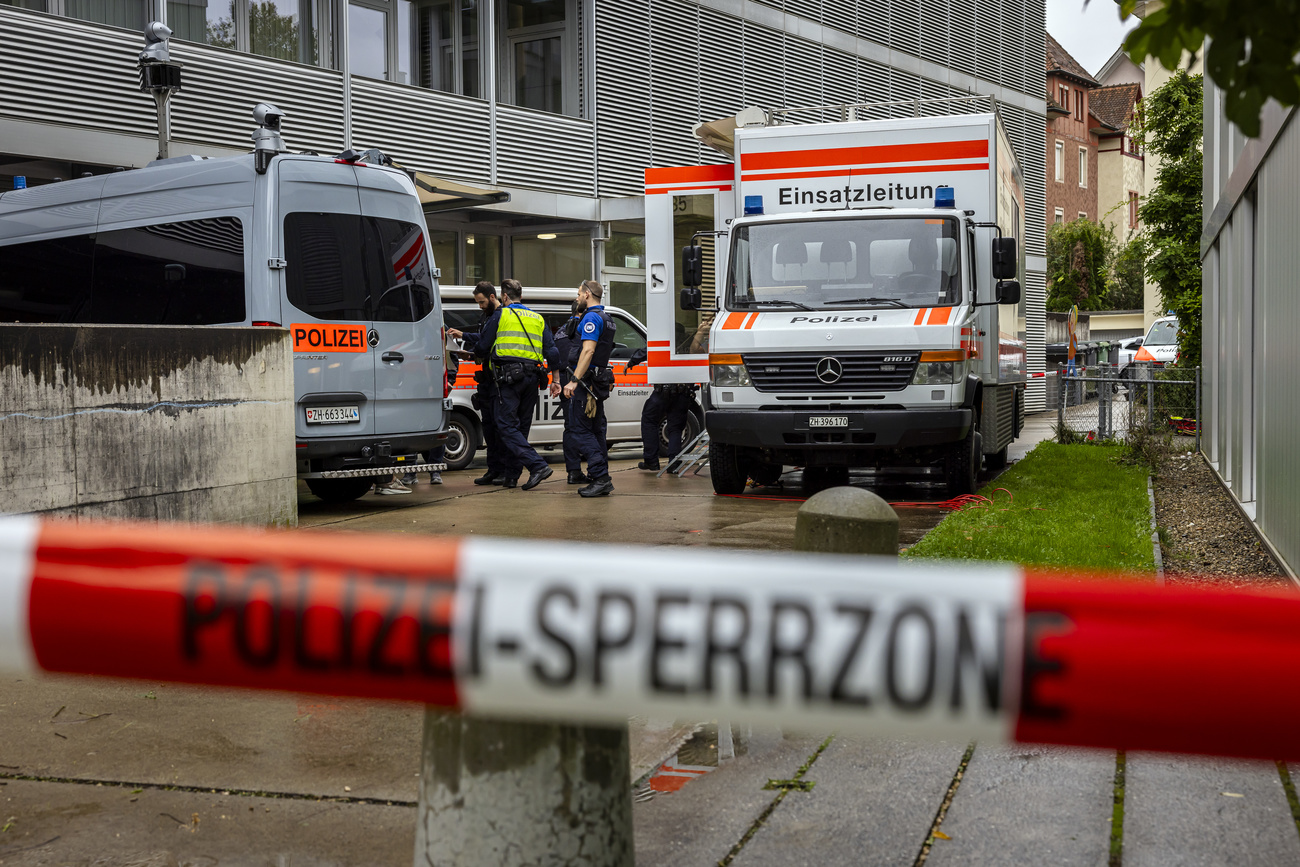Ukraine’s debt chief eager to wrap up next trickier round of restructuring

By Marc Jones
LONDON (Reuters) – The next leg of Ukraine’s multi-billion dollar debt restructuring is likely to be trickier than the first but the head of the country’s debt agency told Reuters it hopes to reach a swift deal with creditors.
Kyiv deliberately left out $2.6 billion worth of costly ‘GDP warrants’ and $825 million of the state electricity firm’s debt when it secured its $20 billion sovereign rework last month. It now needs to finish the job.
Ukraine issued the GDP warrants – bonds indexed to economic growth – to sweeten an earlier 2015 debt restructuring after Russia’s annexation of Crimea.
But Kyiv made one crucial omission: unlike other warrant issuers, it did not cap future payouts, leaving it on the hook for big annual payments for each year its economy grows by 3% or more.
“This is the next task,” Yuriy Butsa, Ukraine’s veteran debt agency chief said in a telephone interview referring to restructuring the warrants, adding that he hoped it would be done in a “relatively short timeframe”.
Ukraine made a $70.5 million warrant payment in August to coincide with the country’s main restructuring. But the next one – due on May 31, 2025 – is set to be in the hundreds of millions after GDP reached 5.3% last year in a bounce from a near 30% contraction caused by Russia’s 2022 invasion.
Beyond that they could potentially cost billions of dollars a year.
Butsa said the “unique” structure of the instruments meant there was no blueprint for how they could be restructured, but added, “we plan to work on it in good faith in the same manner as during the negotiations on the sovereign eurobonds”.
WAR PRESSURES
Ukraine’s economy only grew by more than 3% in three years between 2012 and 2021 but some international institutions have already pencilled in around 6% growth for 2025, and any ceasefire deal with Moscow that allows post-war reconstruction aid to pour in could elevate GDP for years.
From 2025 until 2041 when the warrants expire the uncapped payments could effectively cost Kyiv between 15%-40% of national wealth created above the embedded growth thresholds, hampering its efforts to rebuild.
Although the government has banned itself from making these payments for now while it works out what to do, the issue needs resolving if the country is to exit its current state of ‘default’ and gain access to international debt markets again.
“We need to win the war,” Butsa said, “then hopefully in 2026 or 2027 we can think about market access”.
“We have half a trillion dollars of damage (to fix) and we will definitely not just be able to use official sector money and frozen Russia asset money.”
On the question of whether another full-scale restructuring might be needed if the war drags on, the 40-year-old remained pragmatic.
“We would like it not to be the case, but we don’t rule it out,” he said. “This situation is not driven by unstable (fiscal) policies, it is being driven by the war”.
Even after last month’s writedown Ukraine’s debt-to-GDP ratio will remain at nearly 100% and the costs of the war means it relies heavily on international support to fund its budget.







